The Secretary General's Annual Report 2015
On 28 January 2016, Jens Stoltenberg released his second annual report as NATO Secretary General.
The annual report provides an overview of how NATO promoted and supported peace and security in 2015. It includes details on how NATO is enhancing deterrence and defence, investing in security, transforming capabilities, building relationships, sharing expertise, advancing the role of women in peace and security, and adapting as an institution.
Below you will find short descriptions of – as well as direct links to – the elements of the annual report.
- Foreword
- Executive summary
- Deterrence and Defence
- Investing in Security
- Transforming Capabilities
- Operations and Missions
- Partnerships
- Arms Control, Disarmament, Non-proliferation
- Women, Peace and Security
- Organisation
You can also download the full annual report.
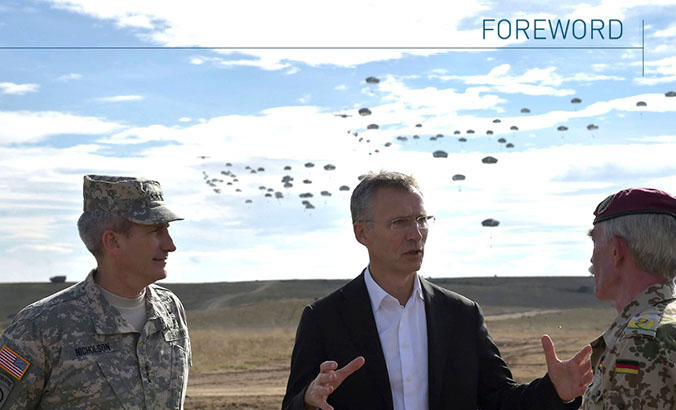
2015 has shown how insecurity abroad directly affects our security at home. We saw this in the brutal terrorist attacks in our cities, in the refugee crisis, in Russia's continued actions in Ukraine and its recent military build-up in Syria and the Eastern Mediterranean. NATO's three core tasks – collective defence, crisis management and cooperative security – are all essential if we are to maintain peace and security in and around Europe.
Read the Foreword in the Annual Report (PDF)
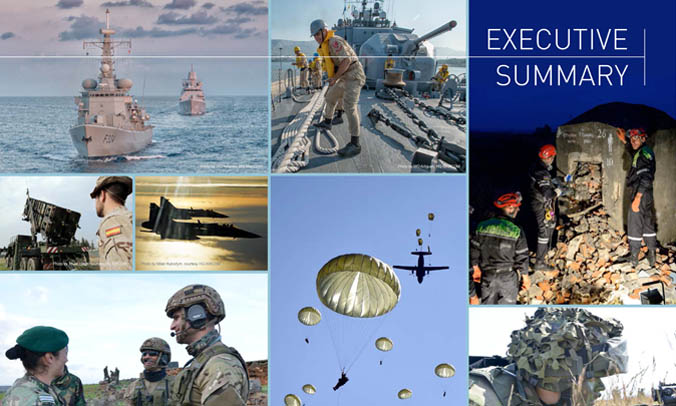
Safeguarding freedom and security has always been NATO's aim. As the security environment has evolved, NATO has adapted to ensure that it can deliver for the citizens it was created to defend. The security environment in 2015 was one of complex challenges and unpredictable threats to the safety of citizens in the Euro-Atlantic area and around the world.
Read the Executive Summary in the Annual Report (PDF)
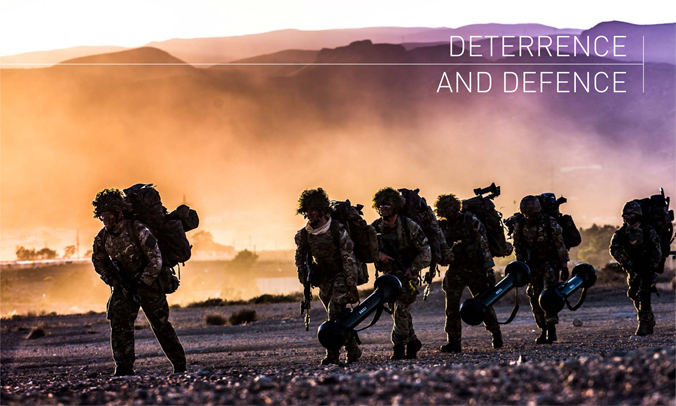
The greatest responsibility of the Alliance is to protect and defend NATO's territory and populations. Article 5 of NATO's founding charter, the Washington Treaty, sets out the Alliance's collective defence commitment, stating that an attack on one shall be considered an attack on all.
Read the chapter "Deterrence and Defence" in the Annual Report (PDF)
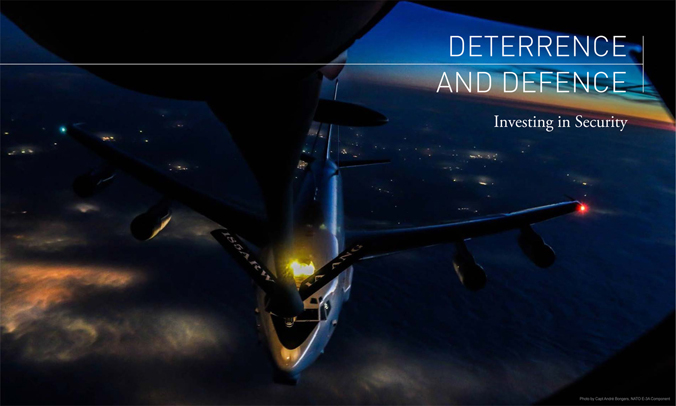
NATO in 2015 demonstrated its commitment to its three core tasks in word and deed. As part of the most significant strengthening of collective defence in recent decades, NATO continued to implement the Readiness Action Plan, providing assurance to Allies and adapting to ensure that the Alliance is prepared for the future. NATO sustained operations in Afghanistan and Kosovo and further developed the capacities required to contribute effectively to preventing and managing crises and to supporting post-conflict stabilisation. NATO also worked closely with partners around the world on a range of issues, including to build defence capacities.
Read the chapter "Investing in Security" in the Annual Report (PDF)
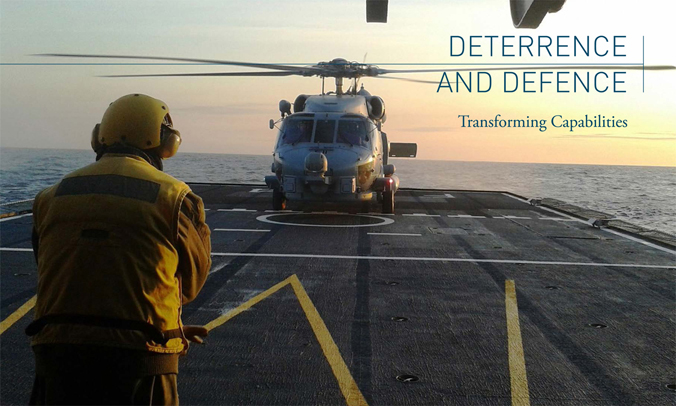
The transformation package agreed under the banner of NATO Forces 2020 at the Chicago Summit in 2012 outlines the goal for Alliance forces: a coherent set of deployable, interoperable and sustainable forces equipped, trained and exercised to be able to operate together and with partners in any environment. The enhanced NATO Defence Planning Process, Smart Defence and the Connected Forces Initiative are the principal ways and means NATO employs to deliver this goal. The adaptation measures in the Readiness Action Plan (RAP) will further shape the forces required.
Read the chapter "Transforming Capabilities" in the Annual Report (PDF)
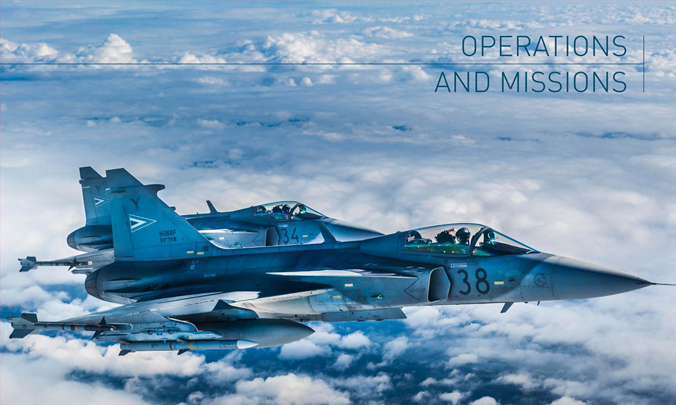
In 2015, NATO was engaged in operations and missions that contributed to all three of the Alliance's core tasks: collective defence, crisis management and cooperative security. NATO has often acted to uphold international peace and security. In 1995, the Alliance helped to end the war in Bosnia and Herzegovina, and implemented the peace agreement. In 1999, NATO helped to stop mass killings and expulsions in Kosovo, and NATO troops continue to serve in Kosovo today under a United Nations mandate. Since 2003, NATO's UN-mandated presence has helped to ensure that Afghanistan will never again become a safe haven for terrorists. In 2011, NATO enforced a UN mandate to protect the people of Libya. NATO ships are fighting piracy off the coast of Somalia and are conducting counter-terrorism patrols in the Mediterranean. On several occasions, NATO forces have also delivered relief supplies, including to the United States after Hurricane Katrina in 2005 and to Pakistan after the October 2005 earthquake.
Read the chapter "Operations and Missions" in the Annual Report (PDF)
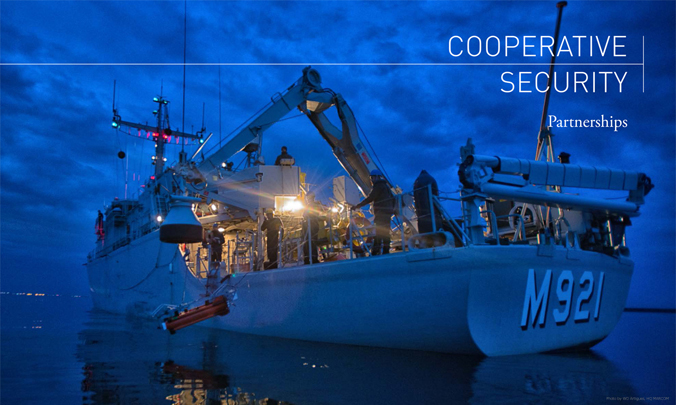
Over the past two decades, NATO has developed a network of structured partnerships with countries from the Euro-Atlantic area and the Mediterranean and Gulf regions, as well as individual relationships with other partners across the globe. NATO pursues dialogue and practical cooperation with 41 partner countries and engages actively with other international actors and organisations on a wide range of political and security-related issues.
Read the chapter "Partnerships" in the Annual Report (PDF)
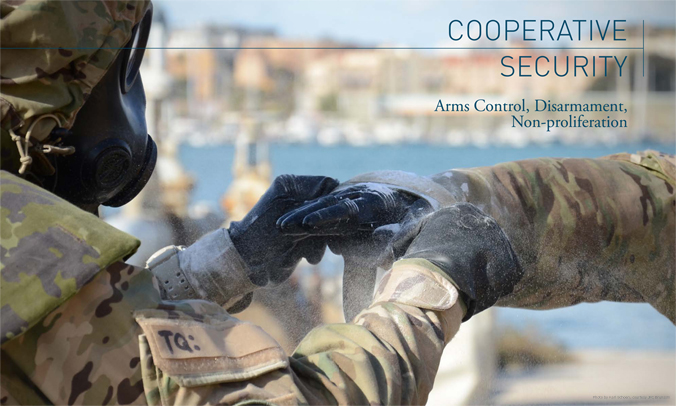
NATO's role in arms control, disarmament and nonproliferation dates back to the height of the Cold War. In 1967, Allies agreed, as part of the Harmel Report on the Future Tasks of the Alliance, to seek the military capability to deter aggression as well as détente – negotiations to settle the political disputes of the day, including talks on disarmament. This agreement led to Allied engagement on the process that would become the Organization for Security and Co-Operation in Europe (OSCE), talks that led to the Conventional Armed Forces in Europe Treaty (CFE), and negotiations on limiting and rolling back the nuclear arms race (including the bilateral SALT, START, and INF treaties).
Read the chapter "Arms Control, Disarmament, Non-proliferation" in the Annual Report (PDF)
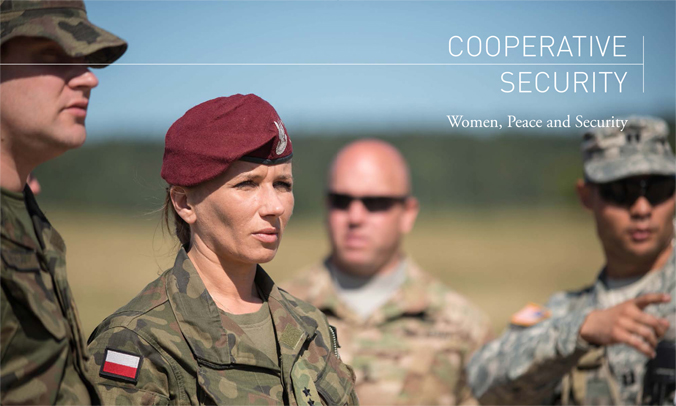
NATO and its partners are working together to promote the role of women in peace and security. This is part of their commitment to support the implementation of United Nations Security Council Resolution (UNSCR) 1325 and related Resolutions. These Resolutions recognise the disproportionate impact that war and conflict has on women and children and highlight the historical exclusion of women from peace processes and stabilisation efforts. They call for the full and equal participation of women in conflict prevention, peacebuilding, and post-conflict reconstruction. They also call for the prevention of sexual violence and accountability to end impunity for incidents of sexual violence in conflict. Together, these resolutions frame the Women, Peace and Security (WPS) agenda.
Read the chapter "Women, Peace and Security" in the Annual Report (PDF)
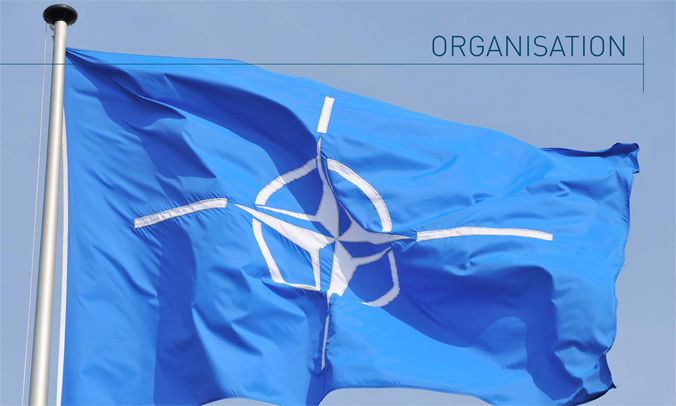
NATO is a political-military alliance of 28 countries. The Organization itself includes a number of structures that support the everyday work of the Alliance. Continuous efforts to improve the efficiency of these structures support the institutional aspect of the Alliance's long-term adaptation. These reforms are delivering better governance, increased effectiveness and greater efficiency.
Read the chapter "Organisation" in the Annual Report (PDF)
